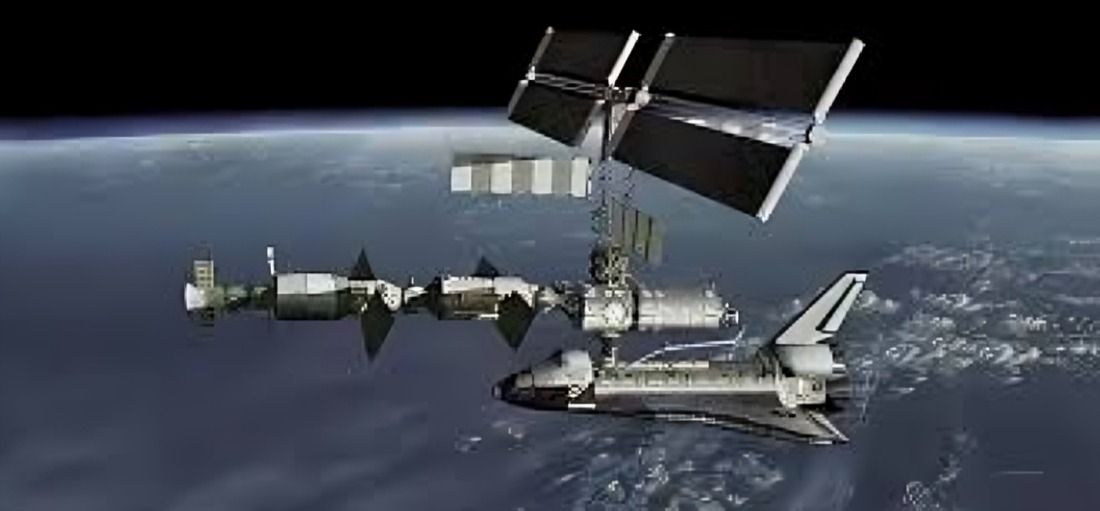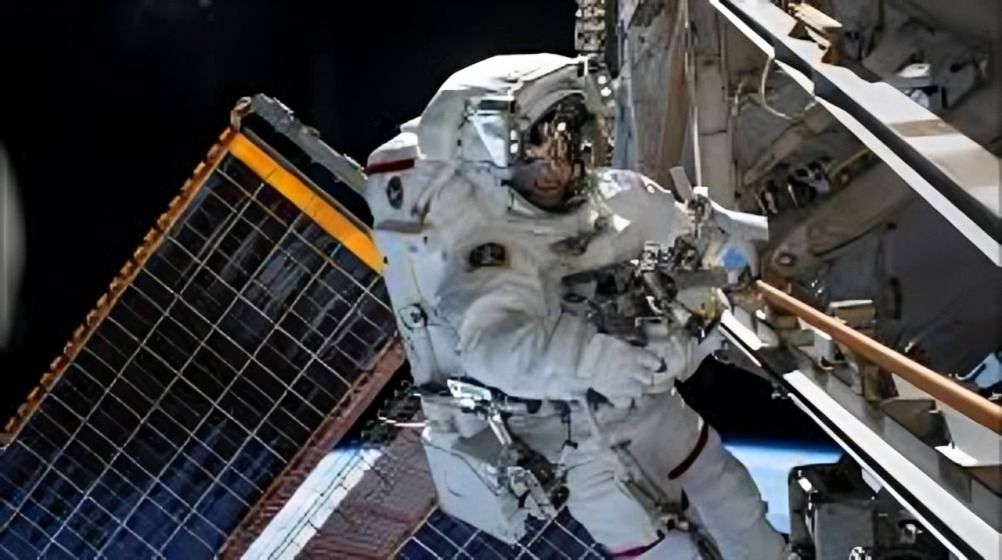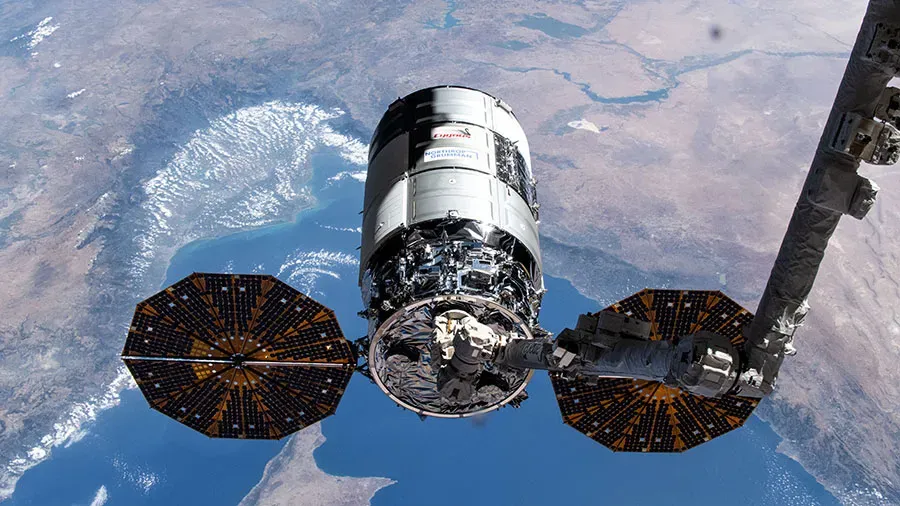
“
The International Space Station (ISS) is a remarkable feat of human innovation, orbiting Earth at 400 kilometers. Serving as a hub for scientific research and international collaboration, the ISS has been essential to space exploration for over 20 years. In this blog, we’ll explore 20 curious facts about the ISS, from its structure and purpose to the daily lives of astronauts aboard. These intriguing details highlight the importance of the ISS and offer a fascinating glimpse into life in space and its role in advancing our understanding of the universe.1
1
”
The ISS orbits Earth at a speed of approximately 28,000 kilometers per hour, completing one orbit every 90 minutes, allowing astronauts aboard to witness 16 sunrises and sunsets each day. 1
On December 6, 1998, the STS-88 shuttle crew initiated International Space Station construction by connecting the U.S.-built Unity node with the Russian-built Zarya module in Earth's orbit.2
The International Space Station spans 356 feet (109 meters), nearly matching an American football field's length, including end zones. Eight miles of wiring power its advanced electrical systems in orbit.3
When fully complete, the ISS will weigh approximately 420,000 kilograms (925,000 pounds), equivalent to over 330 cars. Measuring 74 meters by 110 meters, it spans the length of a football field, including end zones.4

The International Space Station is operated through a partnership of five space agencies across 15 countries and has been continuously inhabited since November 2000, marking over two decades of human presence in space.
The International Space Station orbits Earth at an altitude of 248 miles (400 kilometers), traveling 17,500 miles per hour (5 miles per second) and completing one orbit approximately every 90 minutes. 5
The International Space Station's large modules and components were delivered via 42 assembly flights, including 37 by U.S. space shuttles and five by Russian Proton or Soyuz rockets. 6
The International Space Station is visible from Earth at night as a bright, moving point of light, rivaling Venus in brilliance. It can be seen unaided by observers knowing its location. 7
The space station features seven sleeping quarters (expandable during crew handovers), two bathrooms, a gym, and the cupola, a 360-degree observation window offering breathtaking views of Earth. 8

The International Space Station hosts over 20 external research payloads simultaneously, including Earth sensing devices, materials science experiments, and particle physics studies like the Alpha Magnetic Spectrometer-02.
The Water Recovery System reduces reliance on cargo-delivered water by 65%, cutting daily crew needs from about 1 gallon to one-third of a gallon, significantly enhancing sustainability aboard the space station.9
The station’s modules and components were manufactured by different countries, including the U.S., Russia, Japan, and Europe, showcasing the global effort behind this engineering marvel. 10
Over 3 million lines of software code on Earth support the operations of more than 1.5 million lines of flight software code running onboard the International Space Station. 11
The U.S. segment of the International Space Station operates over 1.5 million lines of flight software on 44 computers, managing 100 data networks that process 400,000 signals, including temperature, pressure, and valve positions.12

The Canadian robotic arm assists with station maintenance, moves supplies, equipment, Dextre, and astronauts, and performs "cosmic catches" by grappling visiting vehicles and securely berthing them to the International Space Station.
Living in microgravity causes bodily changes, such as muscle and bone loss, requiring astronauts to exercise for two hours daily using specialized equipment to maintain their health. 13
Communication between the ISS and Earth involves high-speed radio transmissions, allowing data, video, and live feeds to flow seamlessly despite the station’s rapid movement in orbit. 14
The ISS has been continuously inhabited since November 2000, marking it as the longest-running human outpost in space, symbolizing our enduring commitment to space exploration.15
Astronauts aboard the ISS perform spacewalks, or extravehicular activities (EVAs), to repair, upgrade, and maintain its systems, wearing specialized suits to survive in the harsh space environment. 16
The International Space Station has orbited 250 miles above Earth since 1998. NASA plans to deorbit the ISS into the ocean in 2030, marking its replacement and the impermanence of orbital structures. 17


